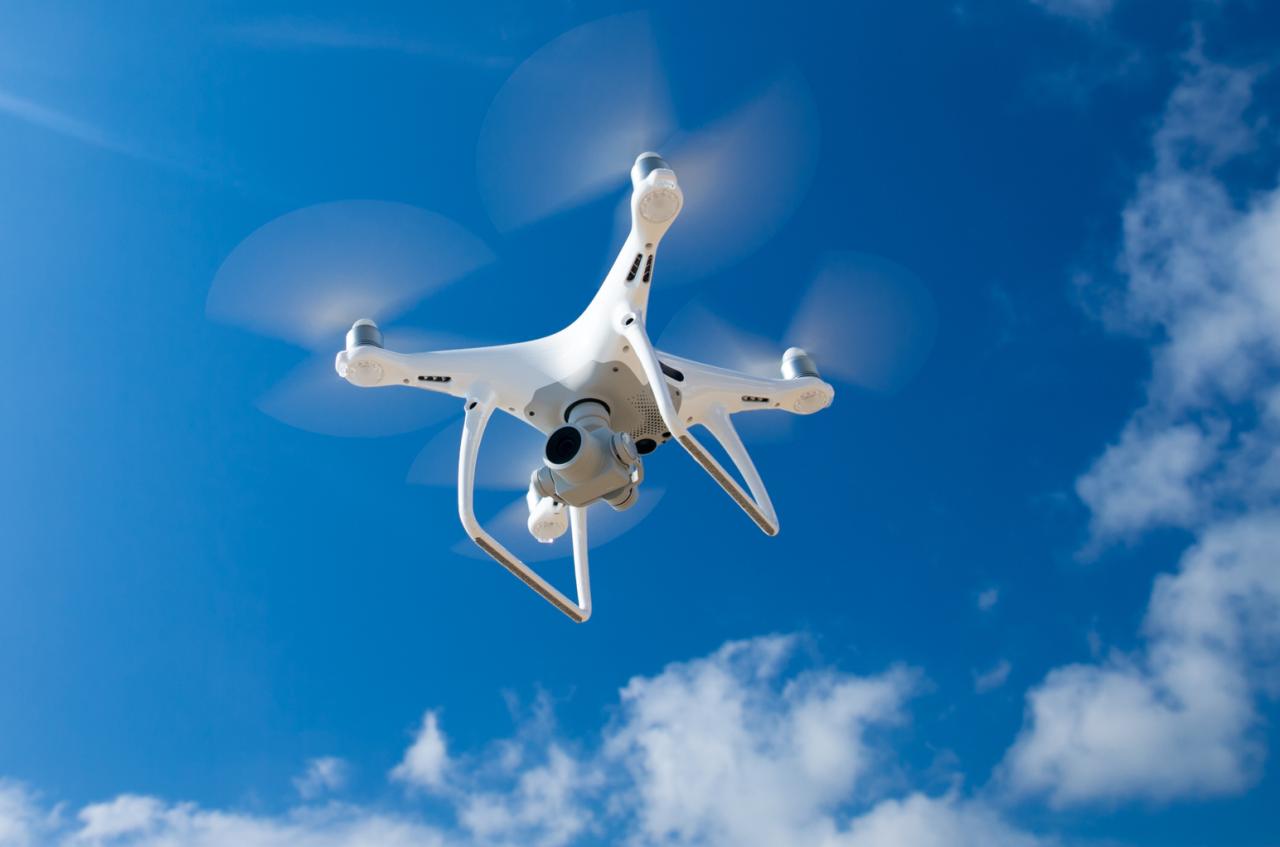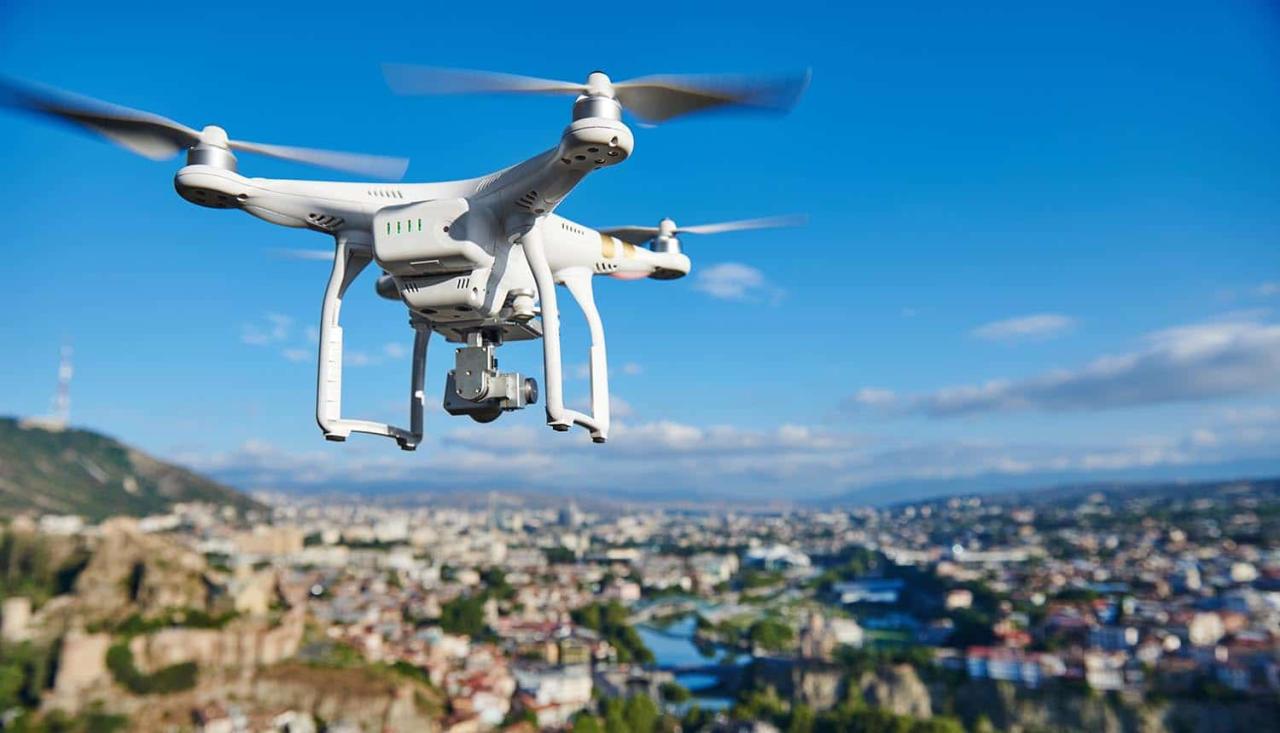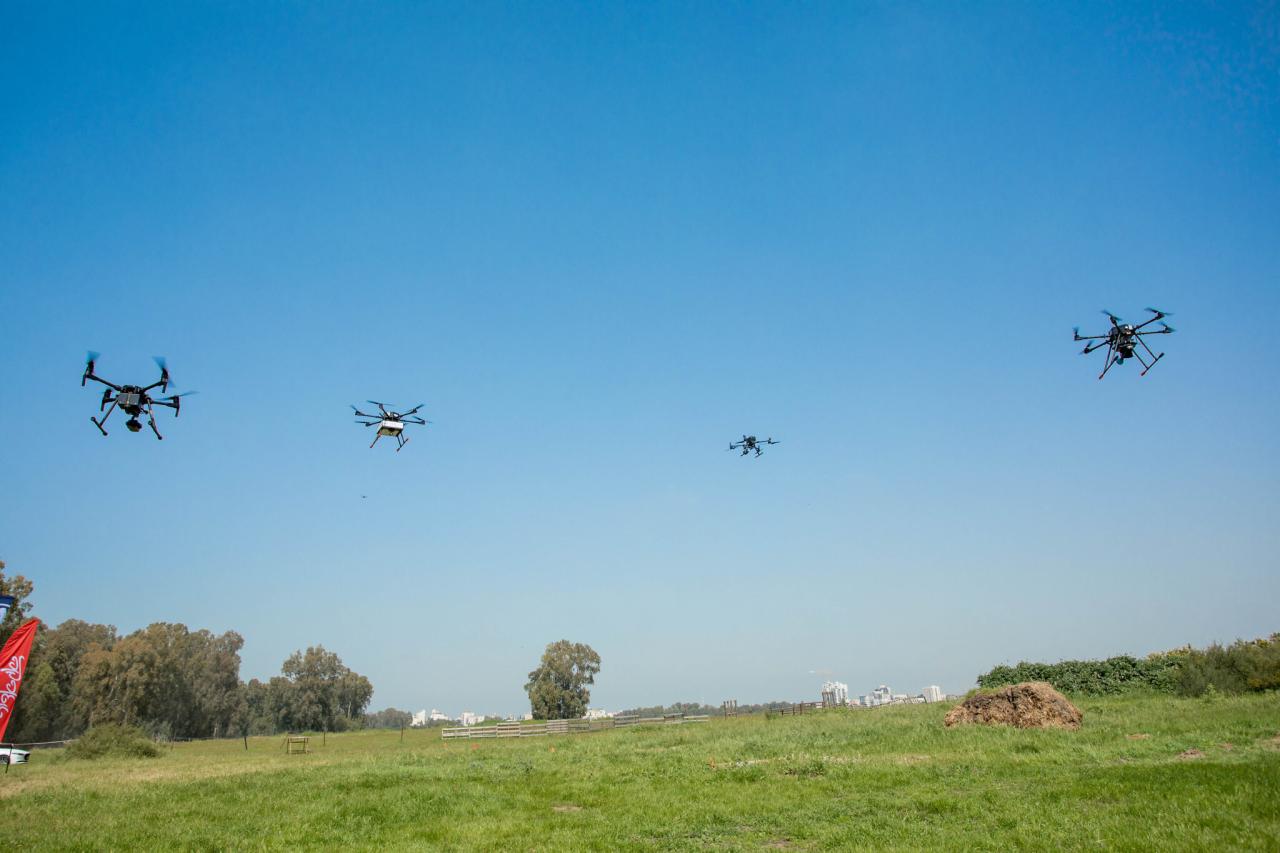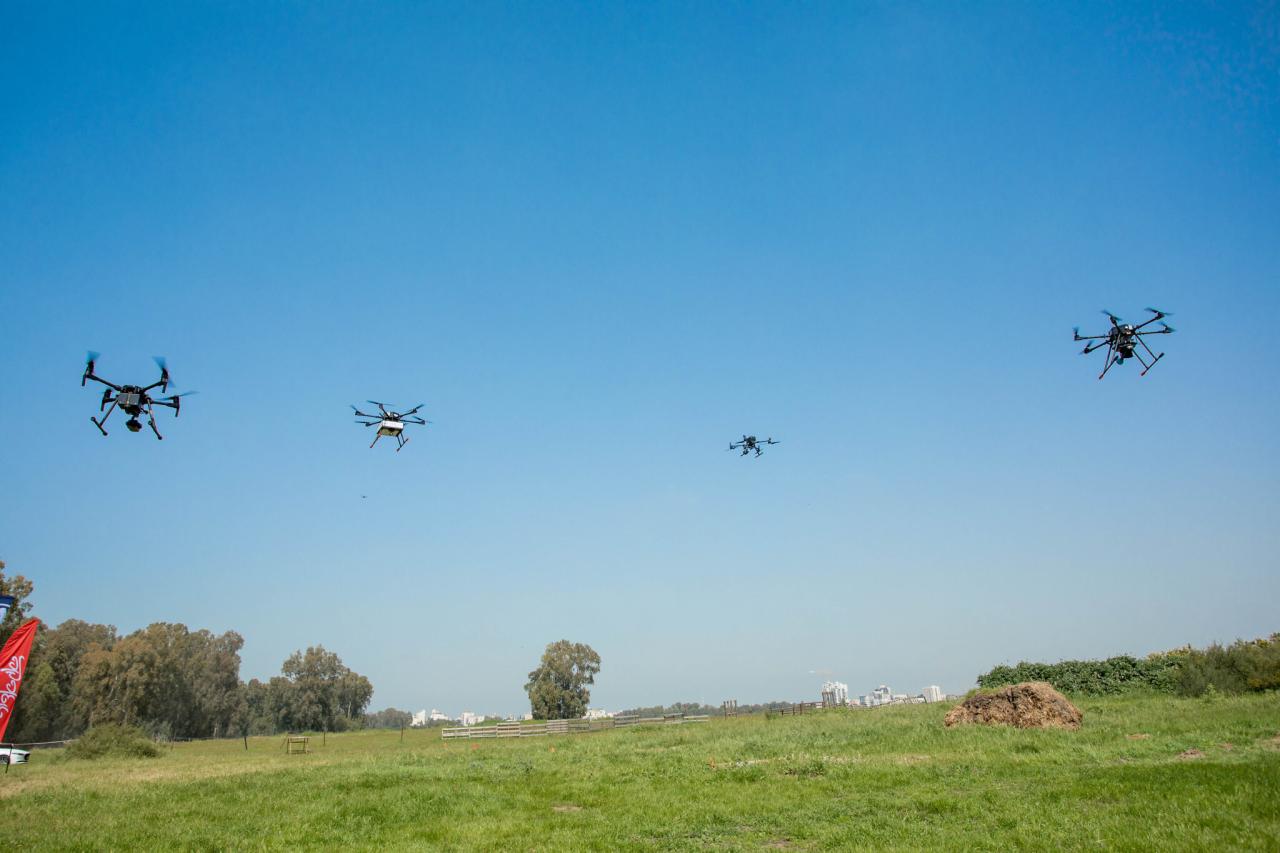Sky elements drones are revolutionizing atmospheric research, offering unprecedented access to previously unreachable data. These unmanned aerial vehicles (UAVs), equipped with a variety of sophisticated sensors, are enabling scientists to collect detailed information on temperature, pressure, humidity, wind speed, and other atmospheric parameters at various altitudes. This technology is transforming our understanding of cloud formation, air pollution dispersion, and the impacts of climate change, opening new avenues for scientific discovery and environmental monitoring.
From studying volcanic plumes to monitoring the effects of climate change on weather patterns, sky elements drones provide a versatile platform for a range of atmospheric studies. The ability to deploy these drones to remote or hazardous locations offers significant advantages over traditional methods, enhancing both the scope and precision of atmospheric research. This detailed exploration delves into the technological capabilities, operational safety, and data analysis techniques associated with these innovative tools, highlighting their transformative potential for understanding our atmosphere.
Drone Technology in Atmospheric Studies
Drones are revolutionizing atmospheric research, offering unprecedented access to data collection at various altitudes and in diverse atmospheric conditions. Their maneuverability and adaptability make them invaluable tools for understanding complex atmospheric phenomena. This section details the types of drones used, their capabilities, and how they collect crucial atmospheric data.
Types of Drones and Their Applications in Sky Element Research
Various drone platforms, each with unique capabilities, are employed in atmospheric studies. The choice of drone depends on factors such as altitude requirements, payload capacity, and environmental conditions.
| Drone Type | Sensor Payload | Altitude Capabilities | Application in Sky Element Research |
|---|---|---|---|
| Small, lightweight quadcopter | Temperature, humidity, pressure sensors; high-resolution cameras | Up to 500 meters | Monitoring near-surface atmospheric conditions, studying localized pollution plumes |
| Larger, fixed-wing drone | More extensive sensor payloads; LiDAR, hyperspectral cameras | Up to several kilometers | Large-scale atmospheric mapping, cloud formation studies, wildfire smoke monitoring |
| High-altitude pseudo-satellite (HAPS) drone | Advanced atmospheric sensors, communication relays | Up to 20 kilometers | Long-term atmospheric monitoring, weather forecasting, communication infrastructure |
| Tethered drone | Variety of sensors, depending on the mission | Altitude depends on tether length | Continuous monitoring of specific locations, air quality monitoring in urban areas |
Drone-Based Atmospheric Data Collection
Drones equipped with various sensors collect crucial data on atmospheric parameters. Temperature, pressure, humidity, and wind speed are measured using specialized sensors that transmit data in real-time or are stored for later analysis. For example, a miniature weather station attached to a drone can simultaneously measure temperature and humidity using thermistors and capacitive sensors, while anemometers or ultrasonic sensors measure wind speed and direction.
Sky elements drones are increasingly utilized for spectacular aerial displays, pushing the boundaries of what’s possible in drone technology. For a prime example of this innovative technology in action, check out the breathtaking visuals from a recent florida drone show , showcasing the impressive capabilities of synchronized drone formations. The advancements in sky elements drones continue to amaze, promising even more stunning displays in the future.
Hypothetical Cloud Formation Study
A comprehensive study of cloud formation can be conducted using a multi-drone approach. This involves deploying multiple drones, each equipped with specific sensors, to gather data from different perspectives and altitudes.
- Drone 1 (Low Altitude): Equipped with a high-resolution camera and a particle counter to study aerosol concentration and cloud droplet size distribution near the cloud base.
- Drone 2 (Mid-Altitude): Carries a lidar system to measure the vertical profile of cloud liquid water content and cloud thickness.
- Drone 3 (High Altitude): Equipped with a meteorological sensor suite (temperature, humidity, pressure, wind speed) to analyze atmospheric conditions above the cloud layer and their influence on cloud development.
- Data Synchronization: All drones are equipped with GPS for precise location data and a communication system for data synchronization during and after the mission.
Visualizing Sky Elements with Drone Imagery
Drone-captured images and videos provide invaluable visual data for analyzing atmospheric phenomena. Advanced image processing techniques are crucial for extracting meaningful information from this raw data.
Image Processing and Atmospheric Phenomenon Detection
Drone imagery undergoes various processing steps to reveal atmospheric details. These include image enhancement techniques like contrast adjustment and noise reduction to improve visibility of subtle atmospheric features. Advanced techniques like multispectral or hyperspectral image analysis can identify specific atmospheric pollutants or cloud types based on their spectral signatures. For instance, thermal infrared imagery can highlight temperature variations associated with pollution plumes or heat islands.
Photogrammetry and 3D Atmospheric Modeling
Photogrammetry uses overlapping drone images to create 3D models of atmospheric structures. This technique is particularly useful for reconstructing the shape and volume of volcanic plumes, smoke stacks, or even cloud formations. Sophisticated software processes the images, generating point clouds and eventually a 3D model, providing quantitative information about the size, shape, and movement of the atmospheric structure.
Volcanic Plume Monitoring Scenario
A hypothetical scenario involves using drones to monitor a volcanic plume. Drones equipped with thermal cameras, gas sensors, and high-resolution cameras would fly around the plume, capturing images and data on temperature, gas composition (sulfur dioxide, etc.), and plume density. This data, processed using photogrammetry and image analysis techniques, would provide a 3D model of the plume, indicating its volume, height, and the dispersion of volcanic gases.
This information would be crucial for predicting the potential impact of the eruption.
Sky elements drones offer a versatile platform for aerial photography and data acquisition, providing high-resolution imagery for various applications. For breathtaking panoramic views, consider the capabilities showcased by the cobequid pass camera , which highlights the potential of advanced drone technology. This ultimately informs the development of more sophisticated sky elements drones for future projects.
Safety and Regulatory Aspects of Drone Operations in the Sky: Sky Elements Drones

Operating drones at high altitudes or in challenging weather conditions presents unique safety challenges. Strict adherence to safety protocols and regulatory frameworks is paramount for successful and responsible drone operations in atmospheric research.
Challenges and Safety Protocols for High-Altitude Drone Operations
High-altitude drone operations face challenges like strong winds, low temperatures, and reduced air density. Safety protocols include thorough pre-flight checks, redundant systems (e.g., backup batteries and communication links), and robust flight planning that accounts for potential weather changes. Pilots must possess advanced skills and undergo rigorous training to handle unexpected situations safely.
Exploring the innovative world of aerial technology often leads to fascinating discoveries. For instance, advancements in drone capabilities are constantly pushing boundaries. One company at the forefront of this progress is Sky Elements Drones, whose impressive work can be viewed on their website: sky elements drones. Their commitment to quality and innovation sets them apart in the competitive drone market, making them a key player to watch for future developments in this exciting field.
The future of drone technology is certainly bright with companies like Sky Elements leading the way.
Mitigating Risks of Drone Collisions
Collisions with birds or other airborne objects pose a significant risk. Mitigation strategies include avoiding flight in areas with high bird activity, using radar or other sensor systems to detect obstacles, and implementing flight paths that minimize potential conflicts. Additionally, using drones equipped with automatic obstacle avoidance systems can greatly reduce the likelihood of collisions.
International Regulatory Frameworks for Drone Operations

Regulations governing drone operations vary significantly across countries. Some countries have established dedicated airspace for drone operations, while others require specific permits and licenses for atmospheric research. These regulations often address airspace restrictions, flight limitations, and safety requirements. Researchers must comply with all applicable regulations in the specific country where they conduct their operations.
Data Analysis and Interpretation from Drone-Based Sky Element Observations
Analyzing data from multiple drone sensors requires sophisticated techniques to extract meaningful insights into atmospheric processes. Validation against ground-based observations is crucial for ensuring the accuracy and reliability of the drone-based measurements.
Processing and Analyzing Multi-Sensor Drone Data
Data from various sensors are processed and synchronized using specialized software. This involves calibrating sensor readings, correcting for systematic errors, and integrating data from different sources to create a comprehensive picture of the atmospheric event. Statistical analysis techniques, including time series analysis and spatial correlation analysis, are used to identify patterns and relationships within the data.
Data Validation and Error Correction
Drone-based measurements are validated against ground-based observations from weather stations or other monitoring networks. This helps to assess the accuracy and reliability of the drone data. Potential sources of error include sensor drift, calibration inaccuracies, and environmental interference. Techniques for error correction include applying calibration curves, filtering out noise, and using data fusion methods to combine data from multiple sources.
Creating Scientific Reports from Drone Data
Scientific reports based on drone data follow a standard format, including an introduction, methodology, results, discussion, and conclusion. Data visualization techniques, such as maps, graphs, and 3D models, are used to present the findings effectively. The report should clearly describe the research question, methods used, findings, and implications of the study.
Future Applications of Drones in Sky Element Research

Drones are poised to play an increasingly important role in understanding and mitigating the impacts of climate change on atmospheric phenomena. Advances in artificial intelligence and automation will further enhance their capabilities.
Drones and Climate Change Research
Drones can be used to study the impacts of climate change on various atmospheric processes, such as changes in cloud cover, precipitation patterns, and the distribution of atmospheric pollutants. For example, drones equipped with hyperspectral cameras can monitor changes in vegetation health, providing insights into the impact of drought or other climate-related stresses.
AI and Automation in Drone-Based Atmospheric Data Analysis
AI and machine learning algorithms can automate the processing and analysis of large datasets from drone-based atmospheric observations. This includes tasks like image recognition, anomaly detection, and predictive modeling. AI can significantly reduce the time and effort required for data analysis, allowing researchers to focus on interpreting results and drawing conclusions.
Hypothetical Long-Term Atmospheric Monitoring System, Sky elements drones
A hypothetical long-term monitoring system in a remote location could involve a network of autonomous drones equipped with solar panels for power, satellite communication for data transmission, and onboard data storage. These drones would be programmed to follow pre-defined flight paths, collecting atmospheric data regularly and transmitting it to a central server for analysis. The system would incorporate AI-powered anomaly detection to alert researchers to significant changes in atmospheric conditions.
The integration of drones into atmospheric research marks a significant advancement in our ability to monitor and understand the complexities of our atmosphere. Through the careful collection, processing, and analysis of drone-based data, scientists are gaining invaluable insights into various atmospheric phenomena, informing crucial decision-making related to environmental protection and climate change mitigation. As drone technology continues to evolve, alongside advancements in sensor technology and data analysis techniques, the future applications of sky elements drones in atmospheric research are vast and hold immense promise for a deeper understanding of our planet’s climate system.
FAQ Insights
What are the limitations of using drones for atmospheric research?
Limitations include battery life restricting flight time, weather dependency (wind, rain), regulatory restrictions on flight zones and altitudes, and potential for sensor malfunctions.
How is data from multiple drones synchronized and integrated?
Data synchronization often involves precise GPS timestamps and specialized software to correlate measurements from different drones at the same time and location.
What are the ethical considerations of using drones for atmospheric research?
Ethical considerations include privacy concerns (data collection over populated areas), environmental impact (noise pollution, potential bird collisions), and responsible data management.
